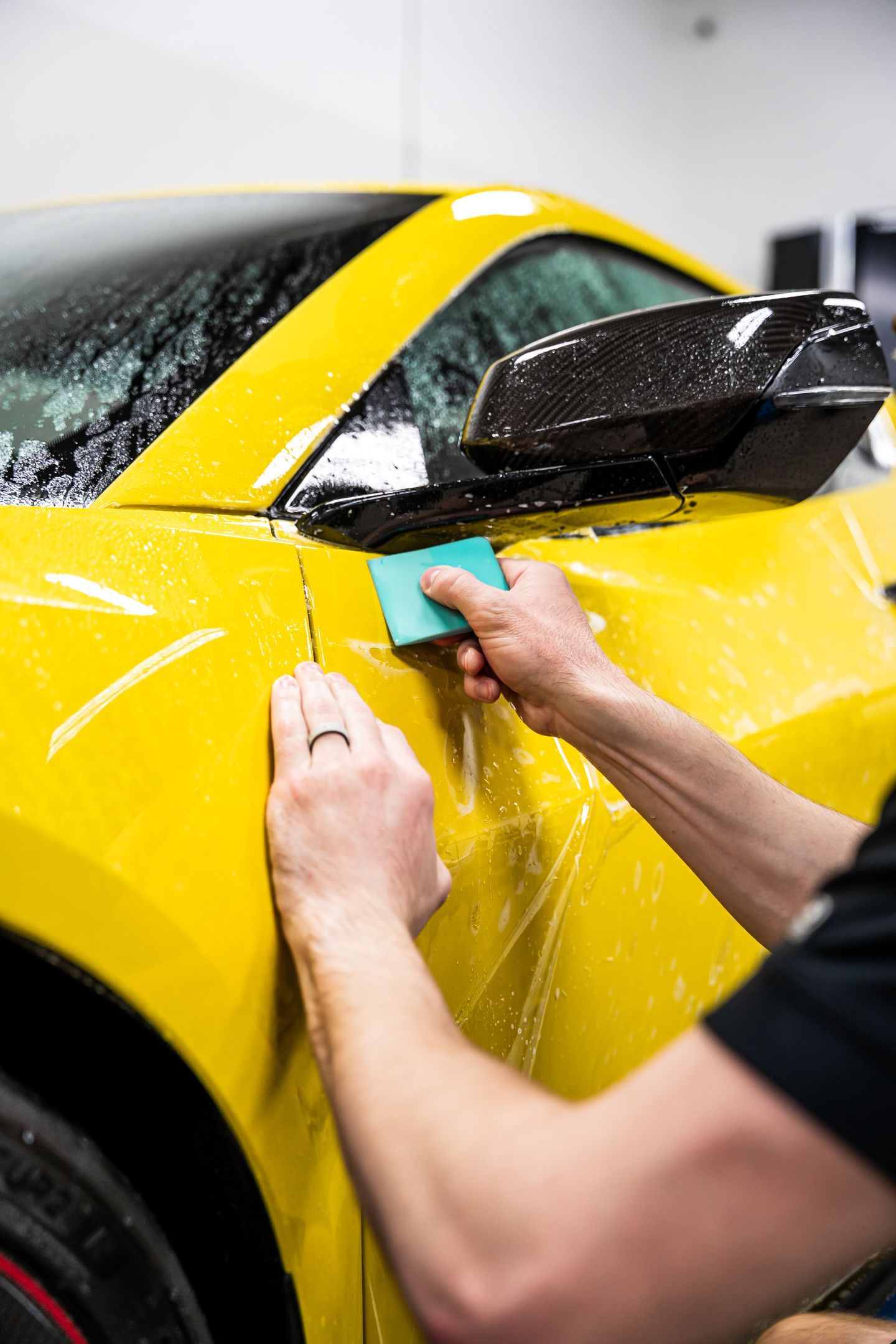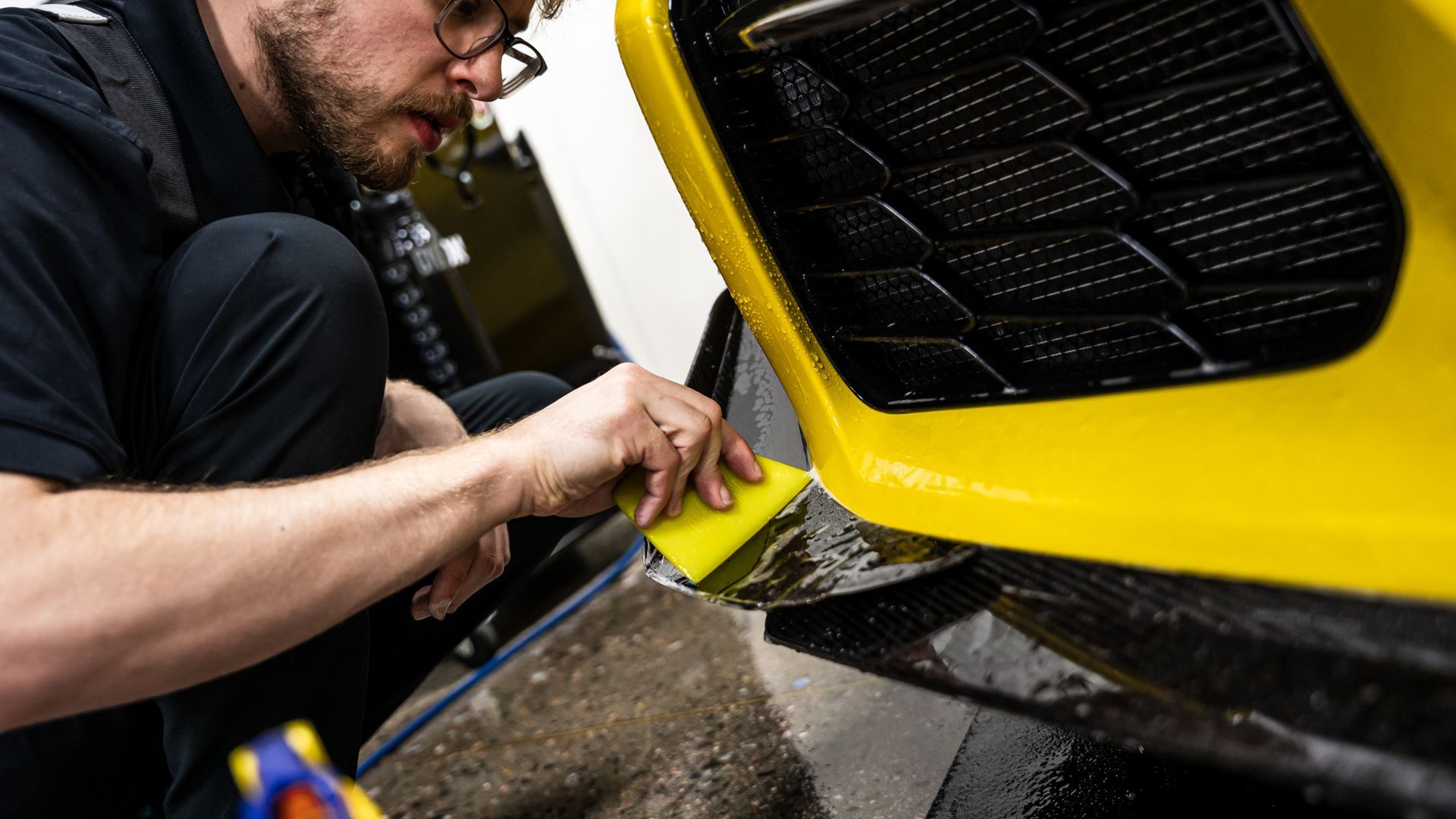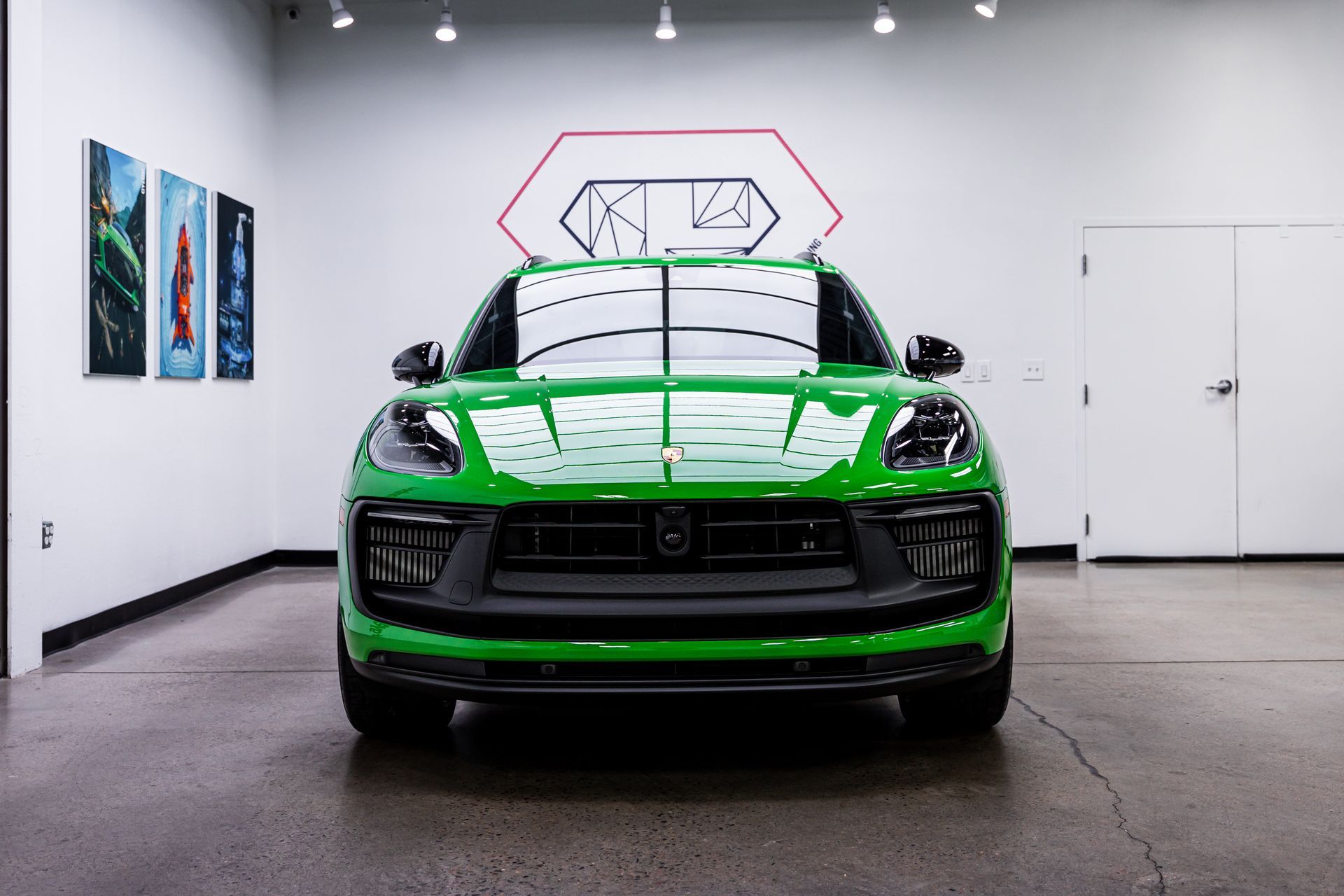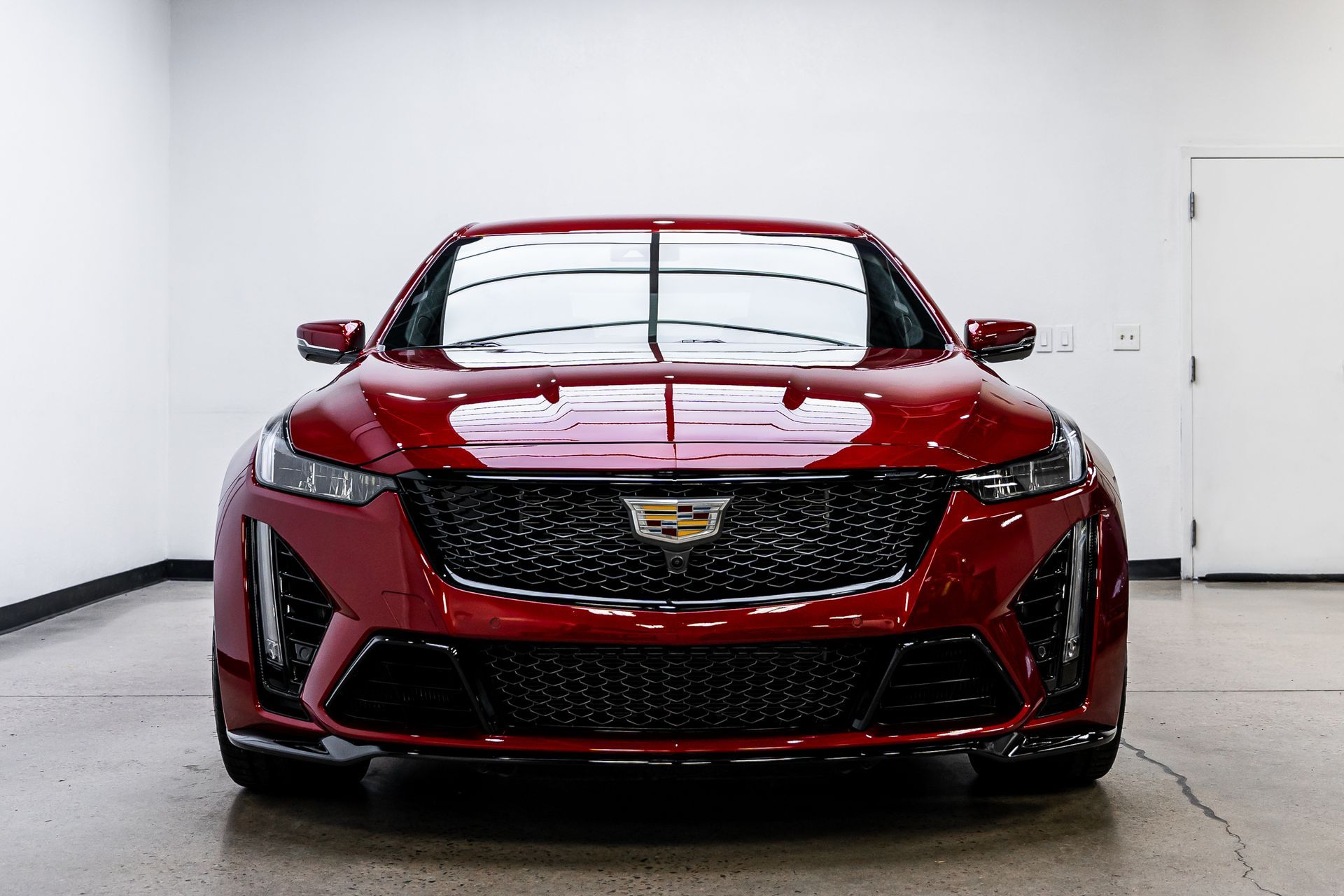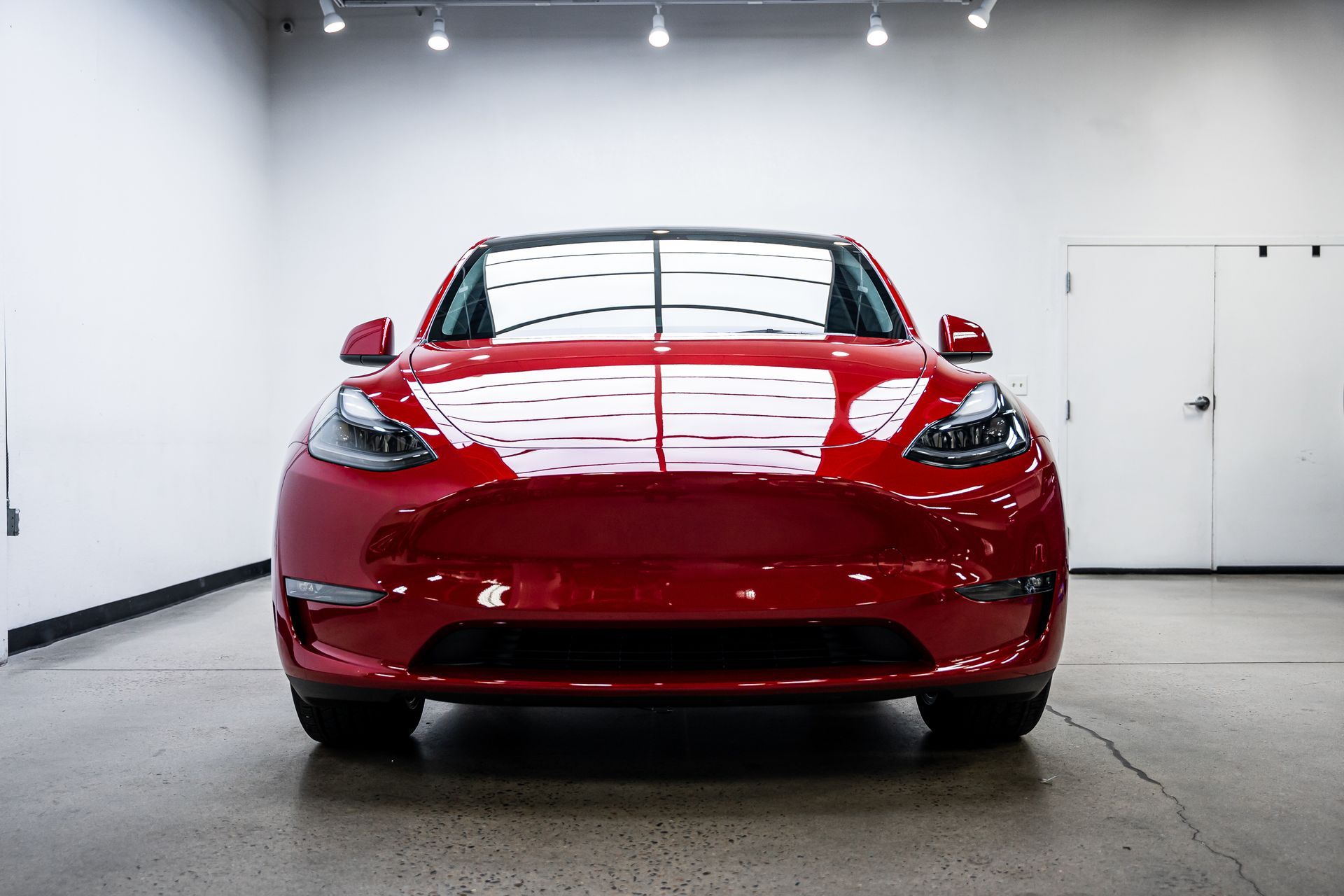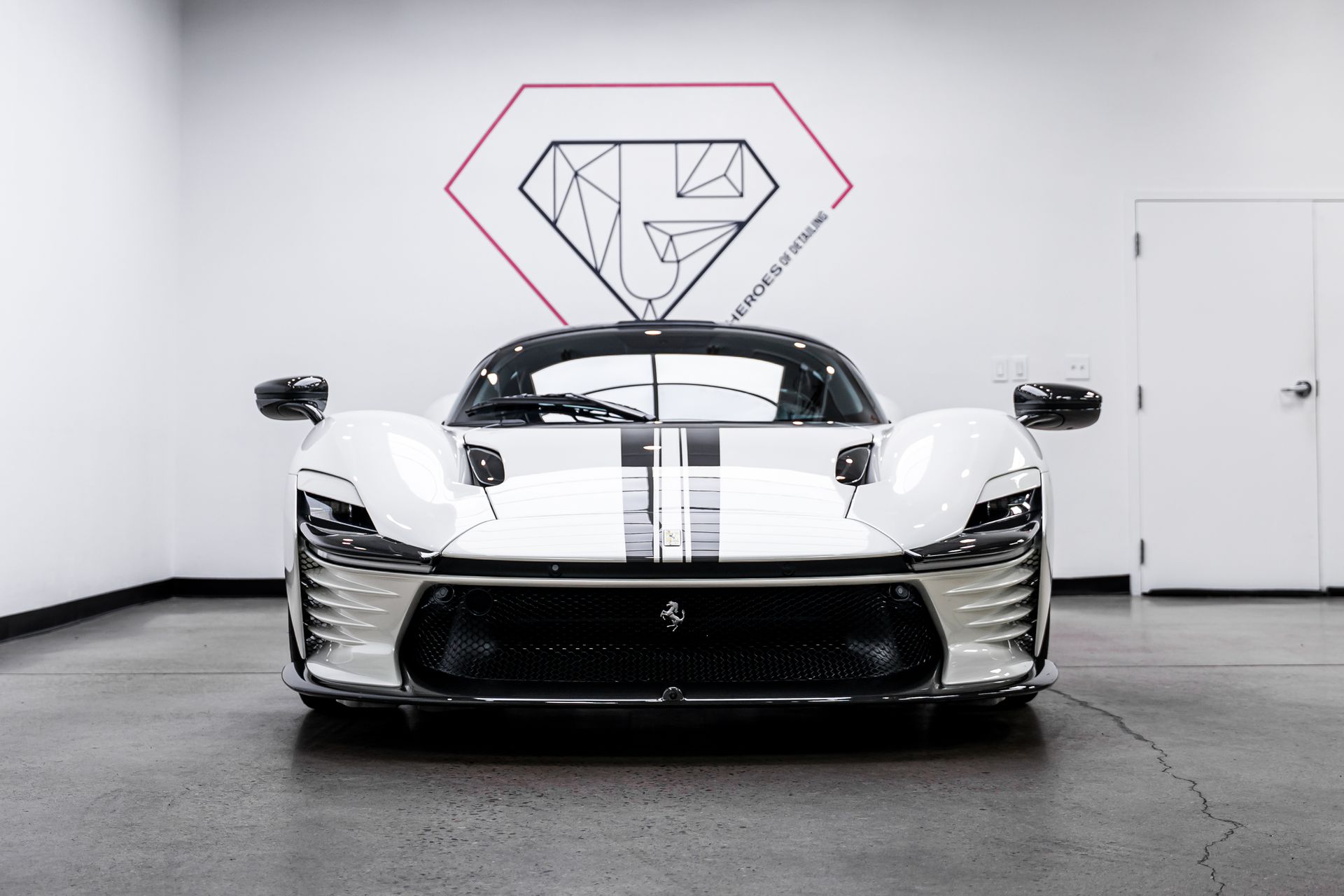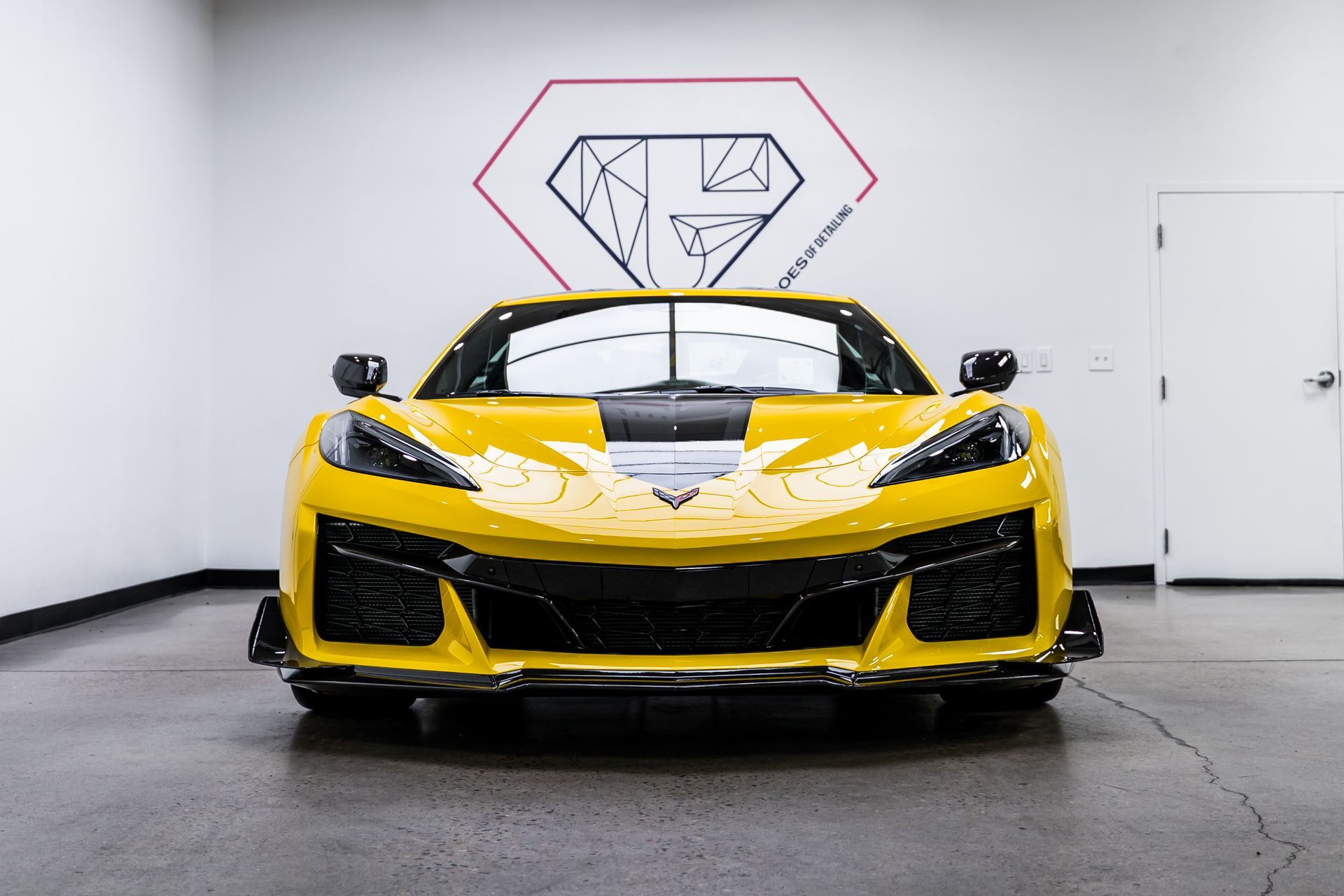How to Maintain PPF: Ensure Long-Lasting Results for Your Vehicle
CALL (720) 662-8520
GET A FREE ESTIMATEWhen it comes to protecting your vehicle, paint protection film might be one of the best-kept secrets in automotive care. Imagine investing in a sleek new car only to watch the paint fade over time or get marred by everyday wear and tear. PPF acts like a superhero cloak for your car’s exterior, shielding it from the outside world while keeping it looking shiny and new. But just like any protective layer, it requires some attention to ensure it does its job effectively. Let’s explore simple yet effective ways you can maintain your PPF so your vehicle stays in top shape for years to come.
To maintain your paint protection film for long-lasting results, it is crucial to wash your vehicle regularly using gentle hand-washing techniques with microfiber mitts and avoid commercial car washes that could damage the film. Additionally, refrain from waxing or cleaning the PPF for at least seven days after installation, apply wax every 3-6 months with compatible products, and consider using a ceramic coating for enhanced durability.
Introduction to Paint Protection Film
Paint protection film is a remarkable innovation in automotive maintenance, crafted from a flexible thermoplastic urethane that acts as a shield between your vehicle's paint and the external world. Its crystal-clear material is designed to be virtually invisible when applied correctly, allowing you to enjoy the benefits without compromising your car's aesthetics. One of its main functions is to safeguard against environmental hazards like UV rays that can cause the paint to fade over time, bird droppings that can etch into the surface, and road debris that can lead to unsightly chips and scratches.
What sets paint protection film apart from traditional paint coatings is its advanced self-healing properties. Imagine this: after a long week of driving through overhanging branches and rough roads, you step out of your car to find minute scratches on the surface of the film. Instead of panicking about damage to your paint, you take a moment, perhaps park under the sun, or wash your car with warm water. Before long, those pesky imperfections start fading away—a true testament to the film's capability to repair itself under heat.
This self-repair feature does not just save you from costly touch-ups; it also ensures your vehicle consistently looks pristine without requiring intensive upkeep. By easily blocking up to 99% of harmful UV rays, a paint protection film plays a crucial role in preserving your vehicle's finish and maintaining its resale value over time. With a typical lifespan ranging from 5 to 10 years, depending on conditions and care, investing in PPF often pays off in reduced wear and tear of your vehicle’s exterior. Because it's offered in various finishes such as gloss, matte, or satin, you have the freedom to choose a style that complements your vehicle perfectly.
Essential Maintenance Practices
To truly protect your investment in paint protection film, establishing a robust maintenance routine is essential. Think of it like caring for your skin; just as regular cleansing and moisturizing keeps your skin looking its best, consistent care for your PPF ensures that it remains in optimal condition. Begin by remembering to avoid washing or waxing your car for seven days following installation. This period is crucial because the adhesive needs time to permanently bond to the surface of your vehicle. After that initial week, regular inspections become an indispensable part of maintaining PPF.
- Regular Inspections: Conducting monthly inspections can help identify any areas where the film may be lifting or damaged due to debris or wear. The earlier you spot any issues, the simpler and more effective the solution can be. If you notice an edge lifting or a scratch forming, addressing these concerns promptly can prevent further deterioration. An easy way to spot these issues is to gently run your fingers along the edges of the film. If you feel any lifting, it’s time to take corrective action before a small problem escalates into something that could require costly repairs.
- Effective Cleaning Techniques: When it comes to washing your vehicle with PPF, using proper methods is critical. A pH-balanced car shampoo will keep the film safe from damage while effectively removing dirt and contaminants. Aim to wash your car every 1-2 weeks for optimal care because less frequent washes can allow dirt buildup, making it tougher to remove later on. Always remember: avoid automatic car washes with brushes at all costs! Instead, opt for touchless or hand-washing methods using microfiber mitts. This allows you to clean your vehicle without risking any scratches on the film's surface.
- Additional Care Considerations: In addition to washing, applying protective coatings can further enhance the longevity of your paint protection film. Applying a ceramic coating every 6-12 months provides an added layer of defense against environmental contaminants like bird droppings and tree sap. This coating not only enhances protection but also adds shine, making your vehicle look fresh for longer periods. Moreover, relying on gentle cleaning implements such as microfiber cloths for drying ensures that no unintended scratches mar the film's surface.
With routine checks and careful cleaning behind you, it's now time to look at how specific cleaning strategies can maximize both protection and appearance.
Cleaning Techniques for PPF
To keep your PPF looking its best, it’s essential to adopt effective cleaning techniques that minimize the risk of damage while enhancing protection. The goal here isn't just to remove dirt; it's about maintaining a barrier that keeps your vehicle's paint safe from contaminants and harsh elements. Think of proper cleaning as a form of respect for your investment—it’s a step you don’t want to skip.
Hand Washing
Always steer clear of automatic commercial car washes when it comes to PPF. Those establishments may use powerful brushes or harmful chemicals that can erode or lift the edges of your film. Instead, opt for handwashing, which allows for more control over the cleaning process. When washing, make sure to use a high-quality microfiber mitt along with a pH-neutral automotive soap. This kind of soap won’t strip away any essential properties of the film while still effectively tackling grime.
As you wash, work section by section to avoid allowing soap and dirt to dry on the surface—a surefire way to create streaks. Consider rinsing each section before soaping it up again. This method not only preps the area but also helps prevent any abrasive particles from scratching the surface when you start scrubbing. It’s these little choices that can make a big difference in preserving your paint protection film.
Drying
Once you've finished washing, it’s time to dry the vehicle, and this step is equally important. Utilize a soft microfiber cloth, known for its exceptional absorbent qualities, to gently remove any remaining moisture. This is crucial in avoiding water spots that could affect the look of your vehicle over time. Be cautious—now is not the time for high-pressure air systems! Such tools can inadvertently lift the edges of your PPF, leading to irreparable damage down the road. It's easy to overlook drying as just another part of washing, but remember that every detail counts when it comes to care routines.
Now that we’ve discussed effective washing techniques, let’s explore how to enhance your maintenance routine by selecting products specifically designed for optimal care.
Recommended Care Products
When it comes to preserving your paint protection film, the importance of using the right care products cannot be overstated. Not all cleaners are created equal; those designed for traditional automotive surfaces often contain harsh chemicals that can lead to discoloration or even damage over time. This is why choosing specialized cleaners made specifically for PPF is a smart move.
The choice of cleaning products doesn't just stop at specialized options. Isopropyl alcohol, particularly in concentrations above 70%, can serve as a fantastic solution for tackling tougher stains like bird droppings or tree sap. However, exercise caution—while effective, it is critical to ensure that it only contacts the PPF areas. Exposure to other surfaces may lead to unwanted discoloration—a substantial risk you want to avoid when investing in quality films.
Beyond these choices, you may also consider using soft microfiber cloths during cleaning sessions. Unlike rough rags or sponges, microfiber materials provide an effective cleaning action without scratching the film's surface. Regularly using a freshly laundered cloth minimizes the transfer of dirt from previous cleaning sessions, keeping your surfaces scratch-free.
Selecting appropriate care products, such as specialized cleaners, and utilizing soft microfiber cloths lays a solid foundation for maintaining your PPF effectively. This provides a seamless connection to examining potential missteps in caring for your vehicle's protective layers.
Common Mistakes to Avoid
Paint protection film is a valuable investment in preserving your car’s finish, but even the most careful vehicle owners can unintentionally compromise its effectiveness. Understanding the everyday actions that put your PPF at risk is the first step in ensuring long-lasting protection.
- Using Commercial Car Washes: While convenient, many commercial car washes use harsh brushes and chemicals that can scratch or peel your PPF. These mechanical systems are not designed with protective films in mind and often do more harm than good. You might save time on the surface, but you’ll risk expensive repairs or film replacement. Handwashing with gentle products is always a safer alternative.
- High-Pressure Washing Without Precautions: High-pressure washers are effective for removing stubborn dirt, but they can also lift the edges of your PPF if used incorrectly. Holding the nozzle too close—especially around film edges—can lead to bubbling or peeling. Always keep at least 12 inches of distance between the nozzle and the film. Using a wider spray pattern can also help reduce direct impact.
- Using Harsh Chemicals: Cleaners containing strong solvents, acids, or abrasive compounds can discolor or degrade your PPF over time. These substances can break down the film’s protective coating, leading to a cloudy or uneven appearance. Stick to pH-balanced car wash solutions that are safe for PPF. Reading product labels carefully is a small step that can make a big difference.
- Skipping Routine Inspections: Overlooking regular PPF inspections may seem harmless, but it can lead to undetected damage. Small tears, lifted edges, or embedded contaminants can escalate if not addressed promptly. By routinely inspecting your vehicle, you can catch minor issues early and extend the life of the film. Set a regular schedule to look over your PPF, especially after long drives or harsh weather.
- Waxing Immediately After Installation: Applying wax too soon after PPF installation interferes with the film’s adhesion process. This can trap moisture or disrupt bonding, leading to bubbling or premature lifting. It’s best to wait at least 30 days before waxing to allow proper curing. When it’s time, use waxes that are safe for urethane films.
Protecting your PPF isn’t just about having it professionally installed—it’s also about knowing how to care for it correctly. By steering clear of these common mistakes and taking a proactive approach to maintenance, you’ll preserve your film’s clarity, durability, and performance for years to come.
Choosing DIY or Professional Maintenance
When considering whether to maintain your PPF yourself or hire a professional, several factors can shape your experience and outcomes. Many car enthusiasts lean toward DIY maintenance because it empowers them and can save money in the long run. With the right supplies, which can cost between $50 and $150, you’d be equipped to tackle cleaning effectively at home. Many find satisfaction in caring for their vehicle and enjoy the process as much as the result.
As you engage in DIY maintenance, ensure you're using gentle washing methods that mimic how you'd treat the paint on your vehicle. Avoid cheap abrasive materials; they can do more harm than good. This approach allows you to create a routine that suits your schedule, crafting a personalized care regimen that is both practical and rewarding. However, while DIY offers benefits, consider when professional maintenance might be the wiser choice. For complicated issues beyond surface cleaning, such as deep scratches or peeling PPF, professional services provide significant advantages.
Experts bring specialized tools and experience that can detect underlying problems not visible to an untrained eye. Professional maintenance achieves about 90-95% effectiveness in maintaining PPF compared to DIY efforts, especially when tackling challenging repairs. Moreover, hiring a professional typically costs between $100 and $300 per session and ensures your investment is handled with care by trained specialists. Their expertise often translates into longer-lasting results and mitigates risks from improper maintenance techniques.
Ultimately, blending both approaches might serve you best. Frequent light DIY maintenance every month helps keep your vehicle looking fresh, while consulting professionals every 6-12 months ensures any deep issues are efficiently handled. This balance enables you to benefit from both the hands-on experience of DIY upkeep and the expertise of professionals when challenges arise.
In wrapping up your decision-making process regarding DIY versus professional maintenance for your PPF, remember—it’s all about what matters most to you: convenience, cost, or preserving the beauty of your vehicle. Maintaining your paint protection film effectively will enhance your vehicle's longevity and aesthetic appeal. Choose an approach that best fits your lifestyle while ensuring the utmost care for your automotive investment.
Premium Paint Protection Film in Englewood, CO
At Denver Auto Shield, we offer
premier paint protection film services in Englewood, CO, designed to keep your vehicle’s exterior looking brand new. Our high-quality PPF provides a durable, invisible shield that guards against road debris, scratches, and environmental damage without compromising your car’s appearance. With expert installation and long-lasting results, our team ensures your car stays protected, maintaining its value and aesthetic appeal. Ready to safeguard your investment? Contact Denver Auto Shield today to schedule your paint protection film installation and enjoy a flawlessly protected ride!
Call us at (719) 849-6075 to get started!

